With a snowy and blustery week in the forecast, avid gardeners will no doubt be taking solace in the catalogues that have been arriving in their mailboxes. To assist gardeners in making plans for 2025, the Pennsylvania Horticultural Society (PHS) is sharing its Top 10 gardening trends for 2025 that are sure to have you dreaming of sunshine and flowers!
Renowned as the producer of the iconic PHS Philadelphia Flower Show (March 1-9), and a leader in horticultural innovation, this year PHS is highlighting emerging trends that span floral, landscape and ornamental design, as well as houseplants and vegetable gardening. “These 2025 gardening trends aggregate a mix of ideas and approaches stemming from our observations through attending professional conferences and exhibitions, visiting countless personal and public gardens, and conversations with horticultural professionals,” says PHS’s vice president of horticulture, Andrew Bunting. “They are a fantastic reflection of what gardeners are focusing on right now, and the direction the industry at large is headed.” Bunting notes that the trends will be on view at this year’s Philadelphia Flower Show.
Top 10 Gardening Trends of 2025
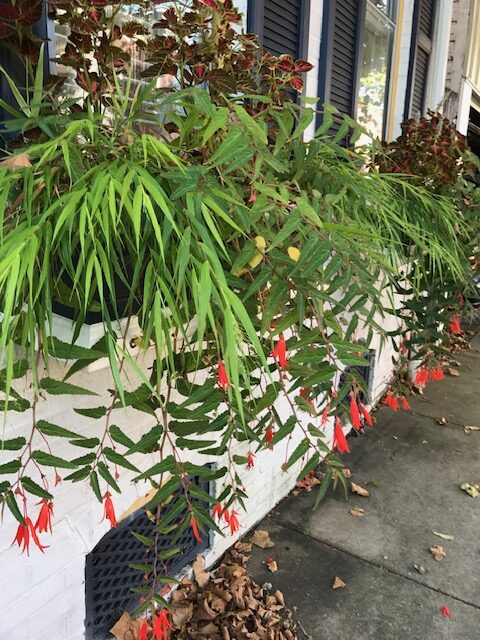
Tropical plants are making their way north thanks to new introductions of annual and perennial varieties.
- Tropical Foliage – While many may think drama in the garden comes from bountiful blooms, impactful foliage can be just as stunning. Incorporating plants with great foliage is a simple way to create long-lasting ornament in a home garden, stoop garden, containers or window boxes. With the introduction of new annual and tropical foliage plants, there are more options than ever to create a great accent in the summer garden, adding unique color and seasonal flair.
Think along the lines of Colocasia, elephant ears (Pharaohs Mask®, Redemption™, Royal Hawaiian® ‘Waikiki’); Coleus (Talavera™ ‘Sienna,’ ChargedUp™ ‘Campfire’); Caldium and Begonias.
- Influencing the Garden – Garden influencers are taking social media by storm, sharing exciting, educational content on platforms like TikTok, Instagram, Facebook, Pinterest and YouTube. Influencers such as Summer Rayne Oakes (@HomesteadBrooklyn) inspire gardeners with creative tips while organizations like PHS offers expert advice (@PHSGardening) through gardening “How-Tos,” demonstrations, plant recommendations and more to help gardeners cultivate their green thumbs.
- Bringing Nature Home– Inspired by Doug Tallamy’s influential book of the same name, this trend emphasizes climate-friendly, ecologically diverse, home gardening that anyone can incorporate into their own garden. With climate change and its effects becoming increasingly prominent, gardeners around the world are turning to approaches that preserve, protect and restore local ecosystems through incorporating native and pollinator plant species and adopting climate-friendly maintenance strategies. While many gardeners see winter as one of the dreariest times of year in the garden, this trend champions the importance of year-round gardening and positions winter as the ideal time for education and planning to ensure you’re set up for success come spring.
Below are just a few trending ways that gardening can promote environmental stewardship:
- Movements like “Leave the Leaves” have promoted using leaves as a natural mulch,which also provides habitat for overwintering insects.
- Utilizing native plants like milkweed,Asclepias; mountain mints, Pycnanthemum, and a host of native asters is a great way to attract native moths, butterflies, wasps and other beneficial insects to your garden.
- Protecting bees via“bee hotels,” pans of water, the reduction of lawn and creating other intentional habitat help to provide homes to over 300 species of native bees.
- Gardens Under Glass– Creating gardens under glass is making a comeback among houseplant enthusiasts. Ranging from simple terrariums to large-scale greenhouses, the interest in gardening using a glass environment has boomed. For those with minimal space or light, terrarium gardens offer a technique to display plants with a particularly unique, personalized and aesthetic flair. Additionally, because of the enclosed nature of terrariums, they become a micro-ecosystem, allowing you to grow fascinating carnivorous plants and humidity-loving varieties on something as small as a windowsill.
Think along the lines of Begonias; Gesneriads; Ferns; Selaginella, spikemoss; Fittonia, Nerveplant; Peperomia; Pilea.
- On the Wall– Living “green” walls and vertical gardens are popping up as both outdoor and indoor installations. Green walls are especially popular in office buildings and other public spaces, with many incorporating amazing displays of tropical plants. This trend is a great option for gardeners looking to up the aesthetic impact of an indoor space and add a touch of artistic greenery to a room.
Plant Options:
- Outdoor green walls: sedum; Heuchera; hens and chicks; sedges; Liriope
- Indoor green walls: Bromeliads; tropical ferns;pothos; kalanchoe; Philodendron; Monstera
- Urban Gardening– Gardening is no longer thought of as a suburban or rural activity. Urban gardening is flourishing as city-dwellers transform small spaces —courtyards, stoops, window boxes, and containers — into vibrant gardens. Community gardens — where people join a shared public gardening space, are also booming, offering access to fresh food, cultural preservation and shared joy. Meanwhile, efforts to plant fruit trees and expand street tree canopies through community-led stewardship are bringing greenery, resilience and health benefits to urban neighborhoods across the U.S.
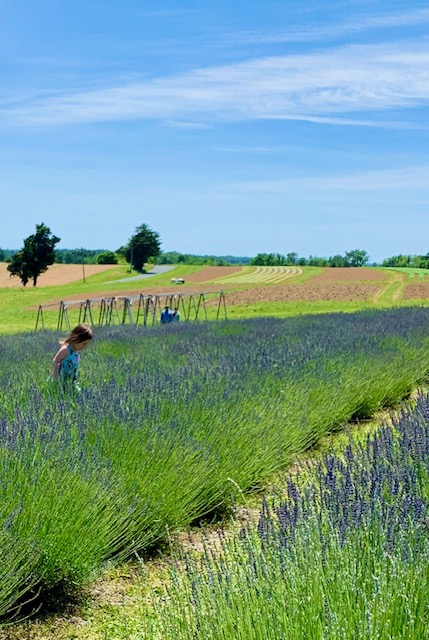
As seen at the lavender fields at Star Bright Farm in Maryland, gardening and the great outdoors benefit mental health and overall well-being.
- Horticulture as Therapy– Gardening is gaining recognition as a powerful tool for wellness, with research showing its benefits for mental health and overall well-being. As awareness of mental health grows, hospitals and healthcare systems are increasingly using horticulture for healing. For professionals and amateurs alike, the connection between plants and mental health is inspiring more people to cultivate greenery for both ecological and personal enrichment.
- Water-wise Gardening– As droughts and climate change impact more regions, water-wise gardening is gaining traction worldwide, even in parts of the world that are not known for being extremely arid. For home gardeners feeling frustrated with the constant maintenance of watering and keeping their gardens thriving in increasingly dry climates, waterwise gardening offers a solution. From designing full gravel and crevice gardens, to simply incorporating drought-tolerant plants, this sustainable approach reduces maintenance and helps create resilient gardens, even with increasing periods of drought.
Think along the lines of cacti, succulents and ornamental grasses.
- The Houseplant Phenomenon– Since the COVID-19 pandemic, houseplants have become a global obsession, making gardening accessible for anyone, regardless of space. From homes to offices, houseplants bring beauty and wellness indoors. Dedicated organizations like the Gesneriad, Begonia, and Aroid societies reflect the enduring appeal of this green trend and offer houseplant enthusiasts outlets to engage with other plant lovers to share knowledge.
Think along the lines of Aroids (Anthurium, Philodendron, Monstera); Sansevieria (snake plant); Ficus shivereana; Hoya.
- Backyard Fruit – Growing fruit is gaining popularity alongside vegetable gardening, appealing to both professionals and hobbyists. Many gardeners are incorporating fruit trees to combine delicious harvests with garden beauty.
Consider Diospyros kaki, Asian persimmon; Diospyros virginiana, American persimmon; Asimina triloba, ‘paw paw’; Amelanchier canadensis, serviceberry; Pomegranates (once thought to be a subtropical or Mediterranean tree, they are now hardy and fruit producing in USDA zone 7); Fruit Snacks™ (a new line of apple tree cultivars from Plants Nouveau that have been selected for their upright and diminutive stature; Bushel and Berry® ( a series of compact berry plants that include blueberries, blackberries, raspberries and strawberries).
ABOUT PENNSYLVANIA HORTICULTURAL SOCIETY
The Pennsylvania Horticultural Society (PHS), an internationally recognized nonprofit organization founded in 1827, uses horticulture to advance the health and well-being of the Greater Philadelphia Region. PHS programs create healthier living environments, increase access to fresh food, expand access to jobs and economic opportunity, and strengthen deeper social connections between people. PHS’s work spans 250 neighborhoods; an expansive network of public gardens and landscapes; year-round learning experiences; and the nation’s signature gardening event, the Philadelphia Flower Show. PHS provides everyone with opportunities to garden for the greater good as a participant, member, donor, or volunteer. For more information, visit PHSonline.org.

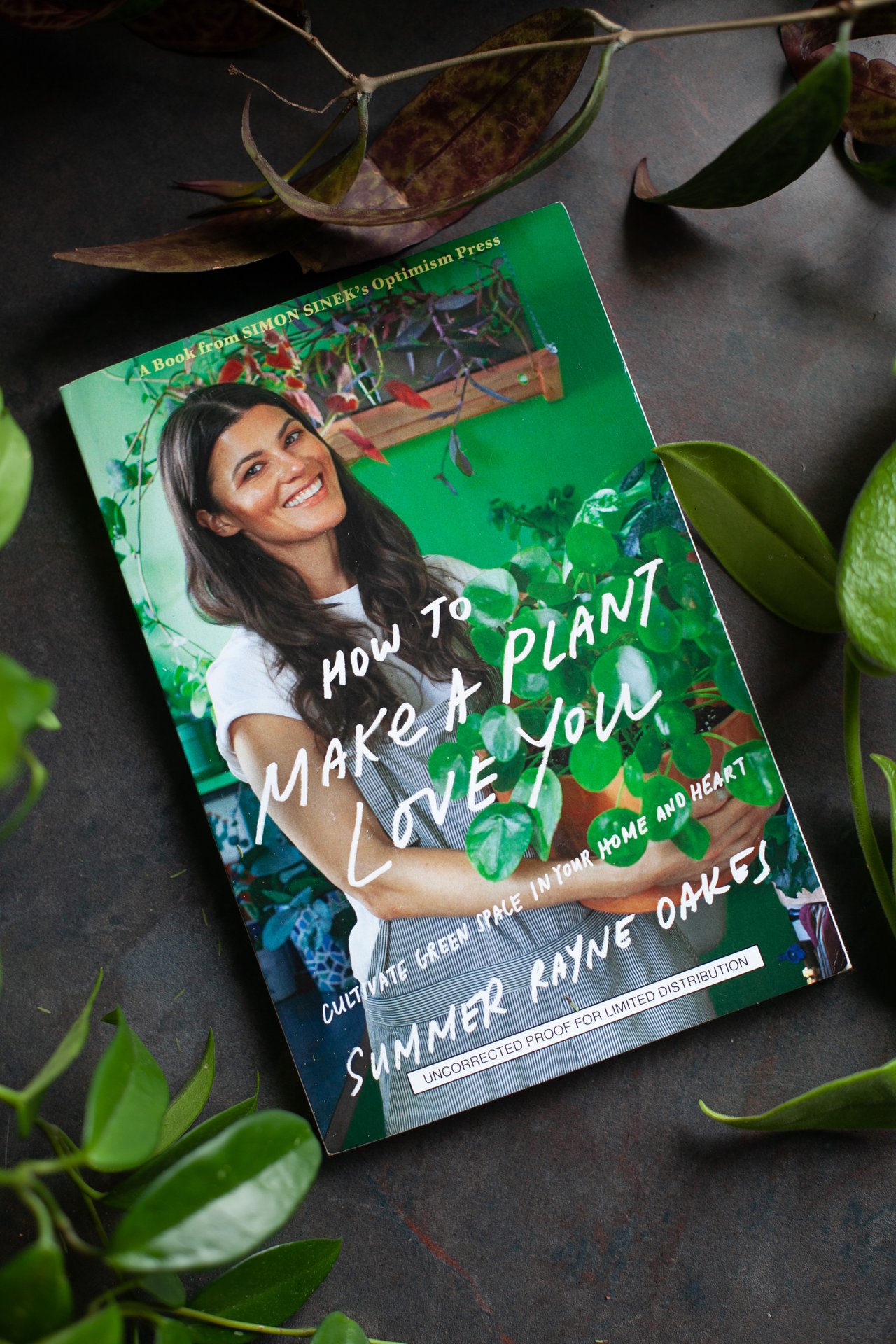
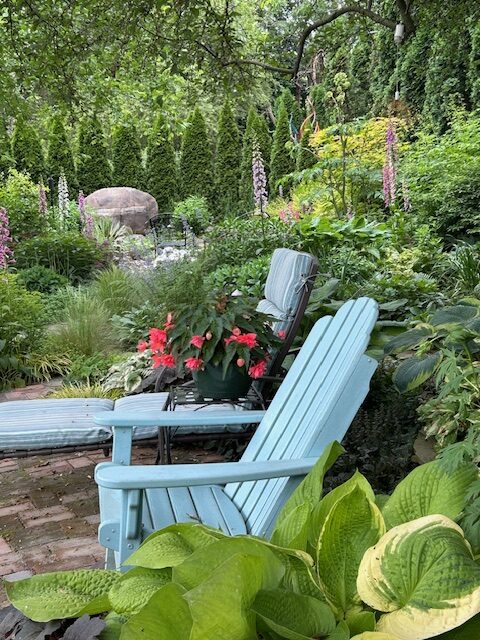

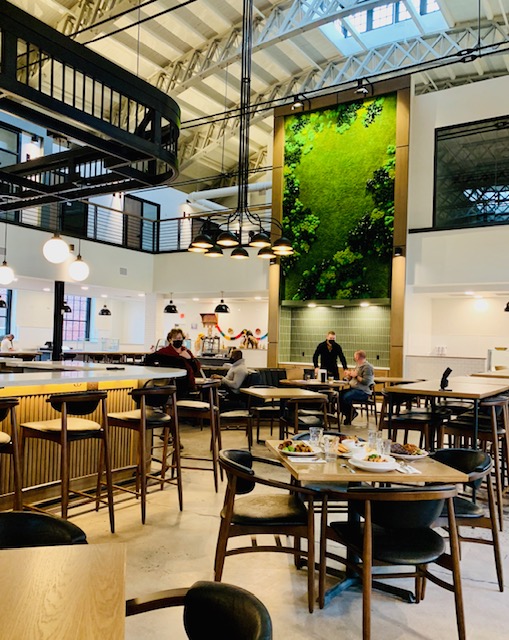
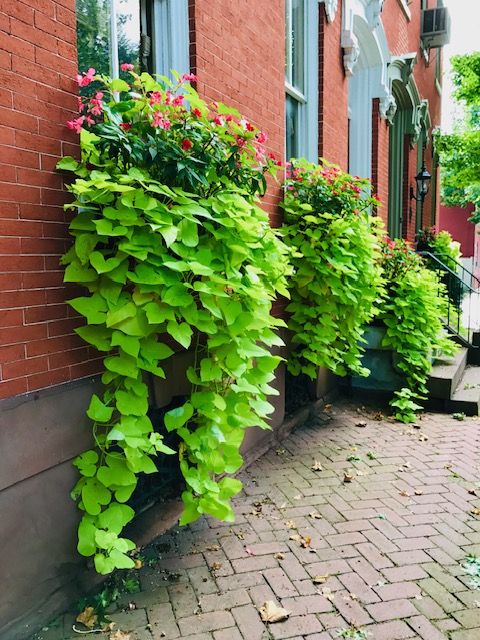
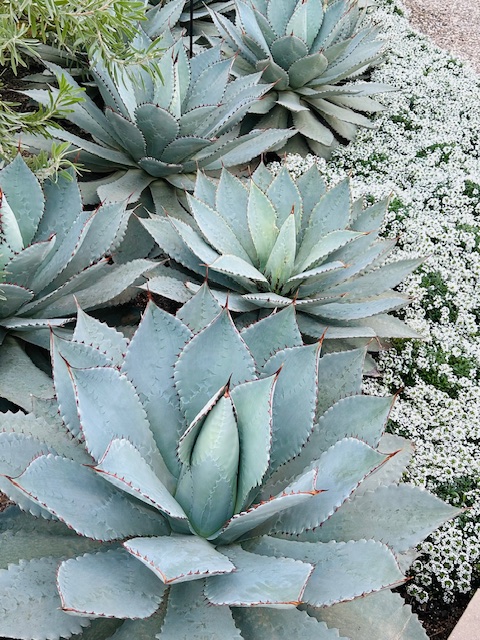
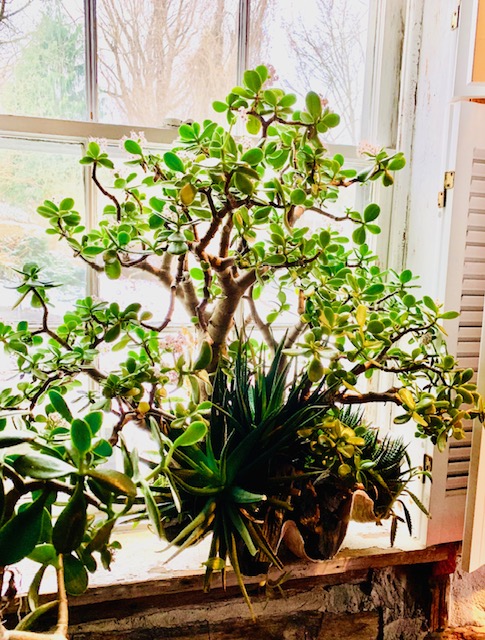
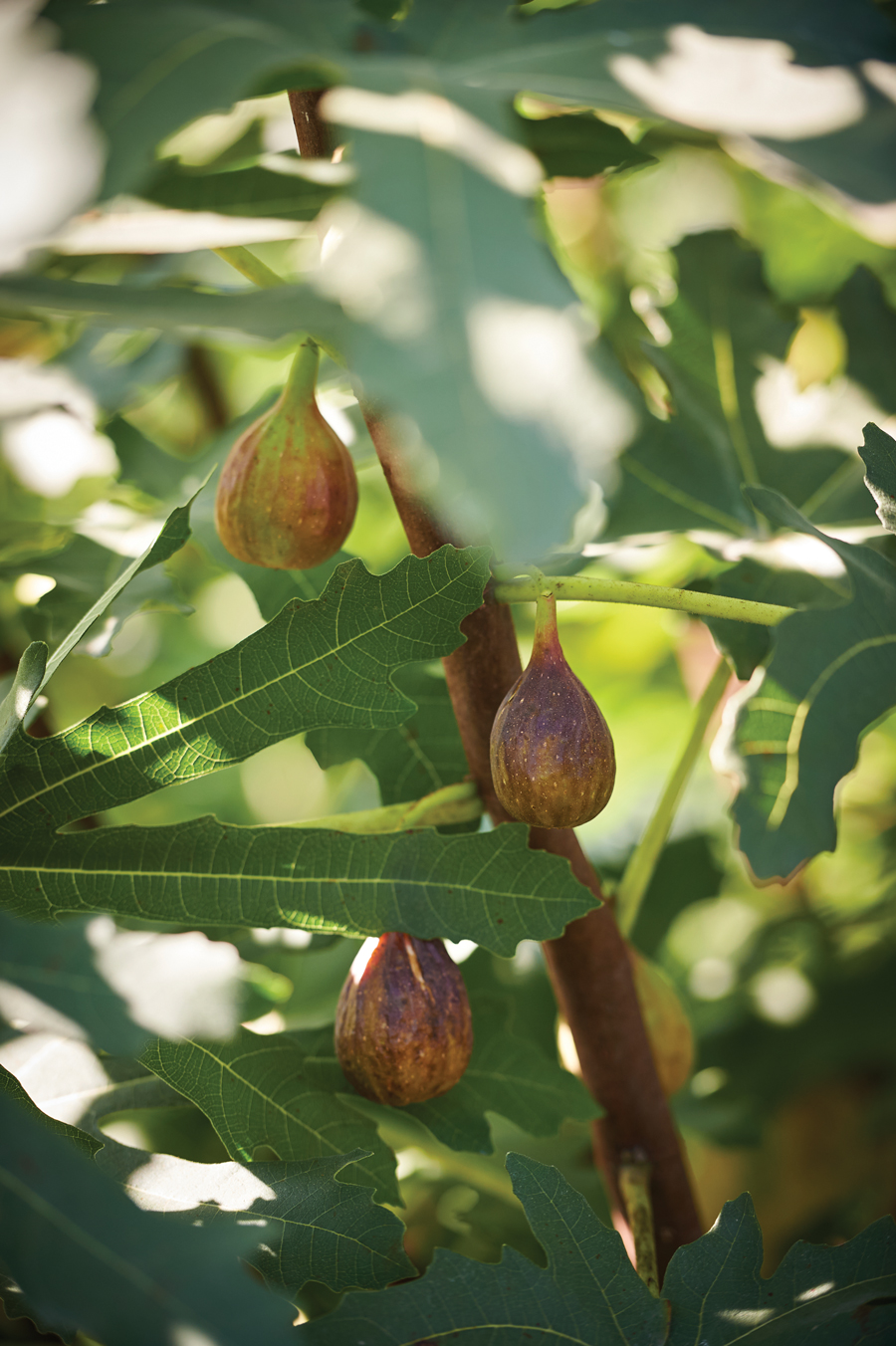
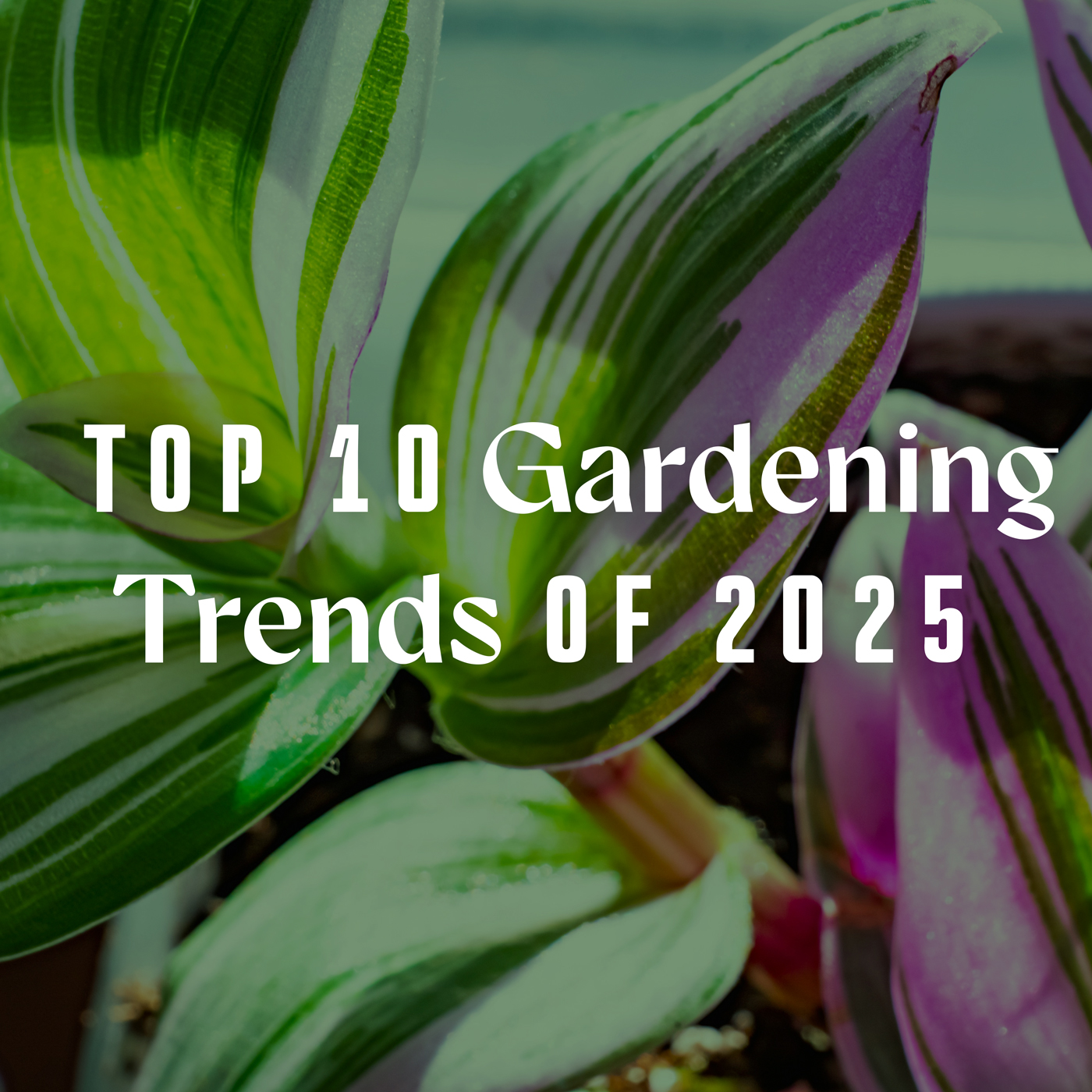
Leave a Reply